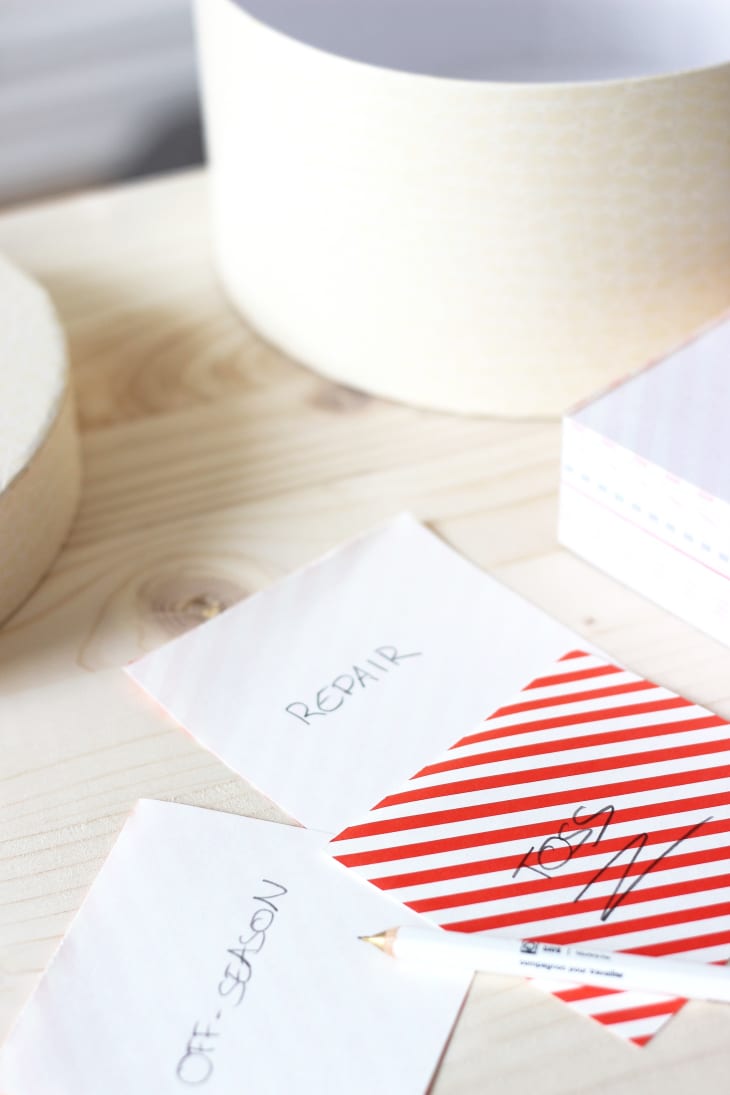The 3-Step Wardrobe Workout: Detox Your Closet

The previous post in our 3-Step Wardrobe Workout series by style guru Anuschka Rees was all about getting to know your personal style. Now, it’s detox time! We’ll let Anuschka of uberchic style blog Into Mind and author of “The Curated Closet,” take it from here:
Here’s why the detox step is important: Think of your closet like a house that needs a top-to-bottom renovation. Before you can paint the walls, install light fixtures and move in new furniture, you first need to rip out that old carpet and wallpaper. You need to clear the canvas to see what you’re working with before you can add new stuff back in (we’ll talk about the “new stuff” part in the next post). You may even realize that after a thorough closet detox, you actually do have enough to wear. All of that stuff, all the ill-fitting bargains and impulse buys that have accumulated over the years were just obstructing your view. Here’s how to detox and declutter your entire closet in a single afternoon:
Before the detox comes the prep
Grab a couple of trash bags and six boxes or bags. Label the boxes: Donate/sell, Repair, Get tailored, Keepsakes, Off-season and Trial separation.
Start sorting!
- Go through your closet piece-by-piece and answer these questions:
- How often do I currently wear this piece? Do I actually like wearing it?
- Does it fit well and is it comfortable? Could the fit be improved by getting it tailored?
- How well does this piece reflect my personal style?
- Is it in a good condition and if not, can it be repaired?
Clothes you love and wear regularly can go straight back into your closet (unless they are off-season or need to be repaired). Sort pieces you no longer want to keep into the Donate/sell box (or a trash bag in the case of permanently stained or broken pieces and worn underwear). If you long stopped wearing something but don’t want to toss it for sentimental reasons, it belongs in the Keepsakes box. And if you truly can’t decide whether to keep an item or not, your last option is a Trial separation, where the idea is that you store the item in question outside of your closet for a while to see how you fare without it. If you do ever feel the urge to wear it again, you can easily retrieve it. But chances are, you’ll forget about most of the stuff in that box and can say goodbye for good.
Next up, analyze all your hard work
After you’ve detoxed your closet, spend a few minutes taking stock:
- What type of pieces do you already own plenty of?
- Are there any glaring gaps that you have spotted? (No “nice” clothing or enough office wares)
- What aspects of your personal style (colors, cuts, etc.) are already well-represented in your closet?
- What aspects are somewhat represented?
- What aspects aren’t a part of your closet at all?
Finally, wrap up
Reserve some time in your upcoming schedule to take care of any loose ends: To donate pieces you aren’t keeping, make that trip to the tailor, fix undone seams, and find places to store your Keepsakes, Trial separation and Off-season boxes.
Once you are done with all four exercises: Give yourself a pat on the back and enjoy your freshly streamlined closet!
Next time, we’ll talk about shopping: How to find the right pieces to upgrade your wardrobe, how to buy less but choose better, and how to write a truly helpful shopping list. See you then!
Ready for Step 3? → The 3-Step Wardrobe Workout: Shape Up Your Shopping Habits
Order your copy of Anuschka Rees’ new book “The Curated Closet” ($24.99 US/ $33.99 CAN by Ten Speed Press), a 270-page guide to building your best wardrobe yet. Available September 20, 2016.